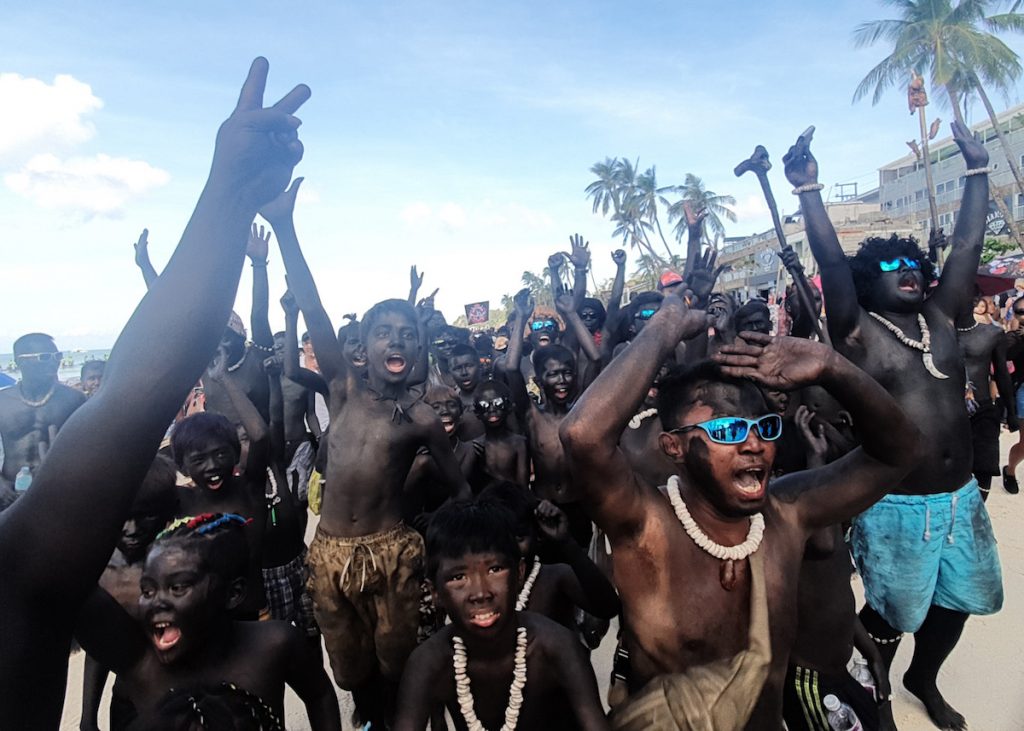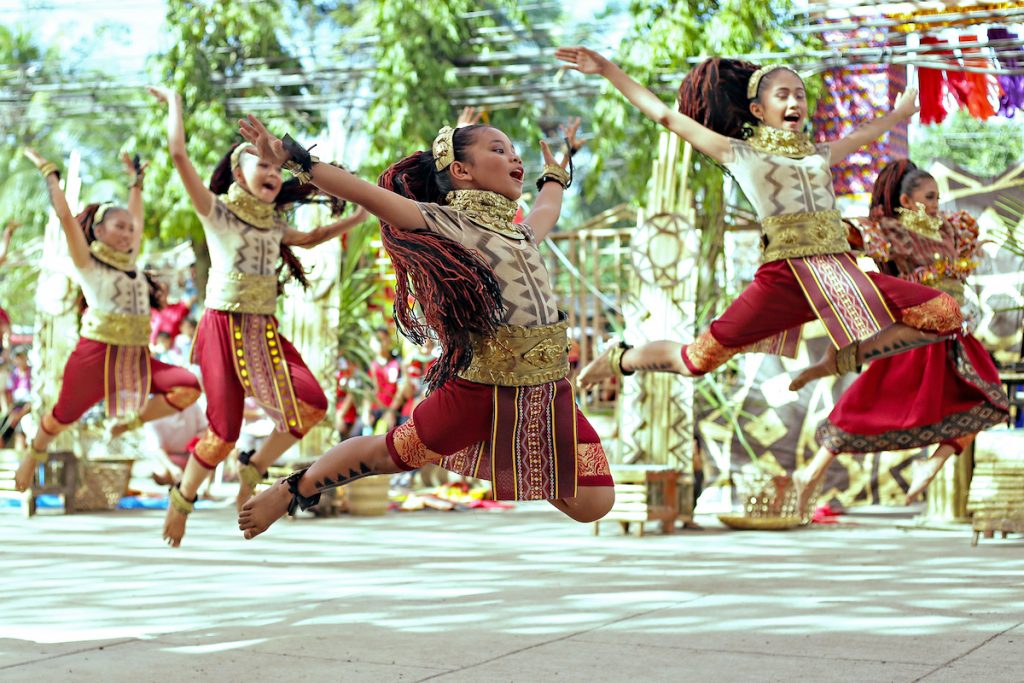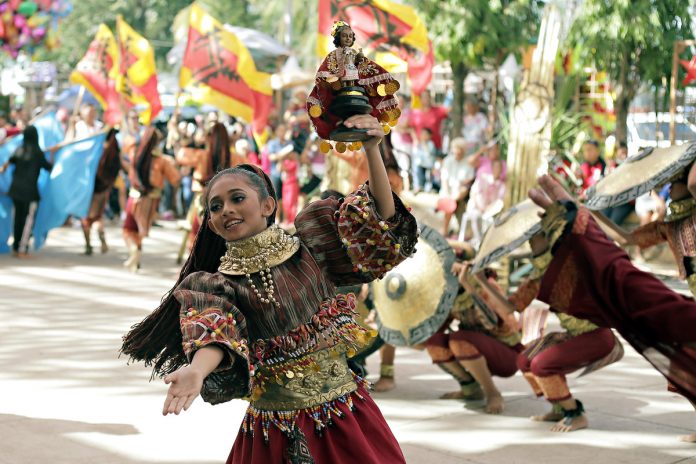Filipinos are holding festivals this weekend to honor the “Santo Nino” or the Child Jesus, a tradition that goes back to as early as the arrival of Christianity in the country 500 years ago.
Through the years, the celebrations have taken various forms, depending on the culture of the people in a certain province or island.
In the city of Butuan in the southern Philippines, people honor the Child Jesus in a festive gathering dubbed the “Kahimunan.”
For years, the celebration has gained recognition as the largest religious festivity in the northeastern part of Mindanao.
“The feast is a religious celebration that reminds us to remain small as a child so that we can always witness the greatness of God,” said Monsignor Roel Lasco of the diocesan shrine of the Santo Nino in Butuan.
“To remain small, we have to remain humble,” added the priest.
“We are hoping and praying that this year’s celebration will be a gathering to worship and give honor to the Child Jesus,” said Monsignor Lasco.
He said the word “Kahimunan” come from the tribal language of the local people that means “to gather.”
“We connect it to our religious gathering to worship and give reverence to the Lord,” said the priest. He said the message of the celebration should be to bring the Child Jesus to all communities.

Organizers of this year’s festival said they expect close to half a million people to attend the celebrations that will culminate on Jan. 19.
In 2019, authorities estimated that about 300,000 people, many from other parts of Mindanao, attended the weeklong celebration.
This year’s celebration kicked off with a street dancing competition of children from various schools in the city.
‘Smiling Santo Nino’
On the resort island of Boracay in the central Philippine province of Aklan, a group of Ati tribal people danced on the beach under the heat of the sun to honor the Child Jesus.
They were joined by visitors and tourist who flock to the island every year to join the celebrations.
Father Pelermo Suganob of the Our Lady of the Holy Rosary parish said revelry is a time for families “to gather and show their unity.”
Images of the Child Jesus are carried by families during the procession on the beach of the famous tourist destination.

In nearby Malinao town, also in the province of Aklan, a 222-year-old image of a smiling Child Jesus has become an inspiration for people to be resilient amid all the challenges that come their way.
“The image has gone through several turbulent times,” said Father Hermino Felipe Jr., parish priest of Malinao town where the image is being kept. “Despite all of this the image is still smiling.”
Father Felipe said the “smiling” image of the Child Jesus holding a globe is “a symbol that God handles everything that happens to all of us and that we all should have faith.”
The biggest and grandest celebration in honor of the Child Jesus is, however, held in the province of Cebu every third Sunday of January.
Thousands of people who raise their hands in supplication have been attending the nine-day religious celebration ahead of the feast of the Child Jesus in the city of Cebu on Jan. 19.
This year’s theme of the festivities is “Santo Niño: Cause of Our Unity and Charity.”
As of Jan. 16, at least a thousand policemen from nearby provinces have arrived in Cebu to augment the security forces during in the city for the festival.
At least 2,000 police officers will be deployed in the “Walk with Mary” religious procession on Friday, Jan. 17, while 3,000 police officers will secure the solemn procession on Saturday, Jan. 18.









